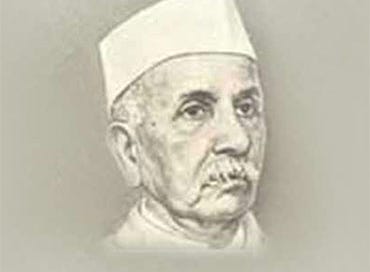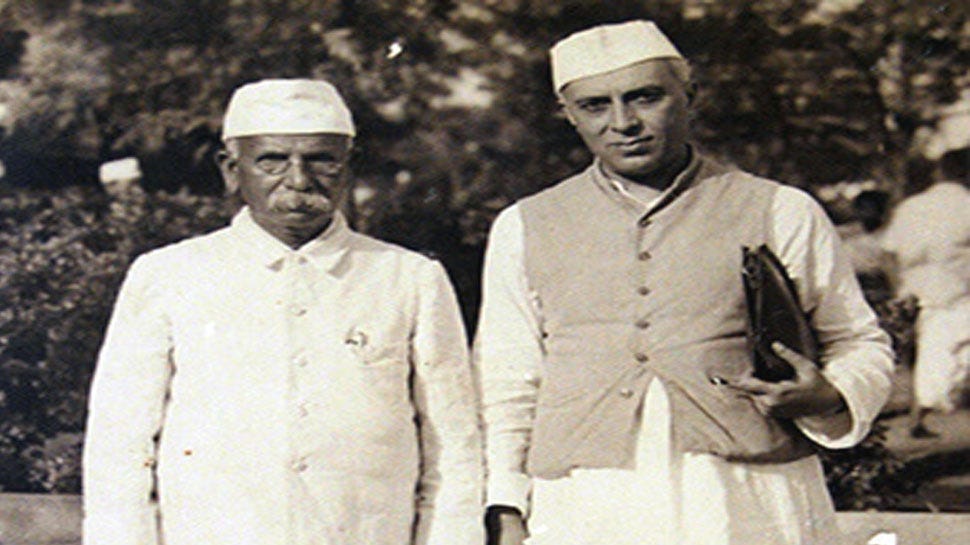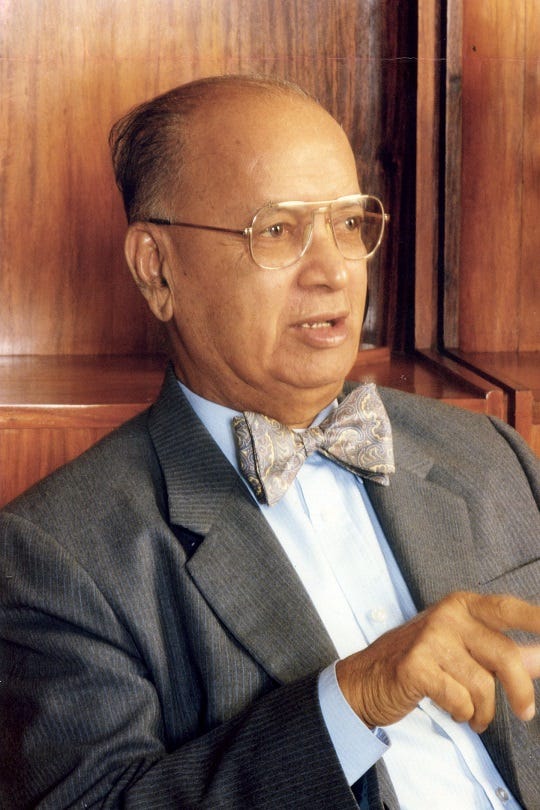One of the great industrialists of India, who founded the Kirloskar group, started his career as a teacher, drawing 45 Rs per month, and would go onto found a 10,000 cr conglomerate, that remains one of the most iconic Indian business groups, and also set up an entire township, in Sangli district.
Lakshman Rao Kashinath Kirloskar was born on June 20, 1869 in Gurlahosur, a small village in Belgaum district, to Kashinath, a Ved Pandit. However he was least interested in learning the scriptures, and his passion was mainly drawing, and mechanical engineering. Breaking away from the family tradition, he enrolled at Mumbai’s JJ School of Art in 1885, much against his father’s wishes, but was supported by his brother Ramuanna.
Unfortunately being partially color blind, he had to quit the painting course, but continued to study mechanical drawing at the institute. He later joined as an Assistant Teacher for Mechanical Drawing, at VJTI, Victoria Jubilee Technical Institute, on a salary of Rs 45, where he began to study about machinery in depth. He would regularly read magazines like American Machinist, Scientific American, and Foundry, and worked at the institute’s workshop where he learnt how to assemble, repair, install and operate machines. Describing himself as a Ghisadi( Blacksmith), he also began to do take up jobs for installing and repairing machines.
His first business venture was a small bicycle repair shop in 1888, at Belgaum, with his brother providing the capital. And later in 1890, he began a dealership, where he would buy bicycles in Mumbai, and send them to his brother in Belgaum, who would in turn sell them.
The year 1897 was a turning point for him, when he was passed over for promotion in favor of an Anglo Indian, leading him to quit his job at VJTI. He now joined his brother at Belgaum, and was fully involved in the business. They accquired a dealership of Samson Windmill of USA, and began to sell to the rich customers around. However after sometime, the demand died out, and the business had to close.
His another business investment in the princely state of Aundh for building an assembly hall too failed, when the ruler died, leading to bitter family disputes, as his investments got stuck. The setbacks made him realize that he needed a steady revenue source, and that is when he came up with the idea of steel ploughs and chaff cutters for farmers.
The inspiration came from an article in the American magazines, about a fodder cutter, which would chop the fodder into fine bits, including roots and stems, that the animals usually avoided eating. Building a small hut adjacent to his shop, he began to make these fodder cutters and ploughs. However he found it hard to sell them to farmers, who believed those iron ploughs were poison to the land, and turned it useless. It took him two years to convince the farmers about his product, as they finally accepted it.
However as the orders grew, he now needed a permanent workshop, and Balasaheb, Pant Pratinidhi, the Raja of Aundh, assisted him, giving him around 32 acres of barren land, as well as a loan of 17,000 Rupess as capital. The factory was set up in 1910, by the side of a railway station called Kundal Road, now called as Kirloskarwadi Station, after the industrial township he established for his employees, inspired by the concept that was already in vogue in US and Europe.
Now located in Sangli district, the township also played an important role during the freedom struggle when some of the revolutionaries took refuge here to escape arrest. The workers themselves took part in the protests against British rule, and two of them Umashankar Pandya and Sadashiv Pendharkar, were killed in police firing. There is a memorial in Kirloskarwadi, commemorating their sacrifice. He was an equally great social reformer too, banned untouchability in his township, employed ex convicts as night watchmen.
From Nehru to Tilak, many of the leading lights of India’s freedom movement were impressed by his success and hard work. The Kirloskar group established in 1888, is now one of India’s leading industrial groups in the field of mechanical engineering, producing centrifugal pumps, engines, compressors, as well as electrical equipment like motors, transformers, generators.
It has played a major role in building of modern India, in projects like the Sardar Sarovar Dam, in Gujarat. It also played a crucial role in India’s nuclear program, manufacturing the canned motor pumps for pumping heavy water which are deployed at the nuclear plants. It also has an all women operated and managed manufacturing plant at Coimbatore.
Lakshman Rao Kirloskar, passed away on September 26, 1956, but his legacy would forever remain. His son Shantanurao Laxmanrao Kirloskar, would be among the first Indians to graduate from MIT, and was instrumental in the rapid development of the group after WWII, establishing the Kirloskar Electric Company and Kirloskar Oil Engines Limited at Bangalore, Pune respectively. His autobiography Cactus and Roses is worth a read.






